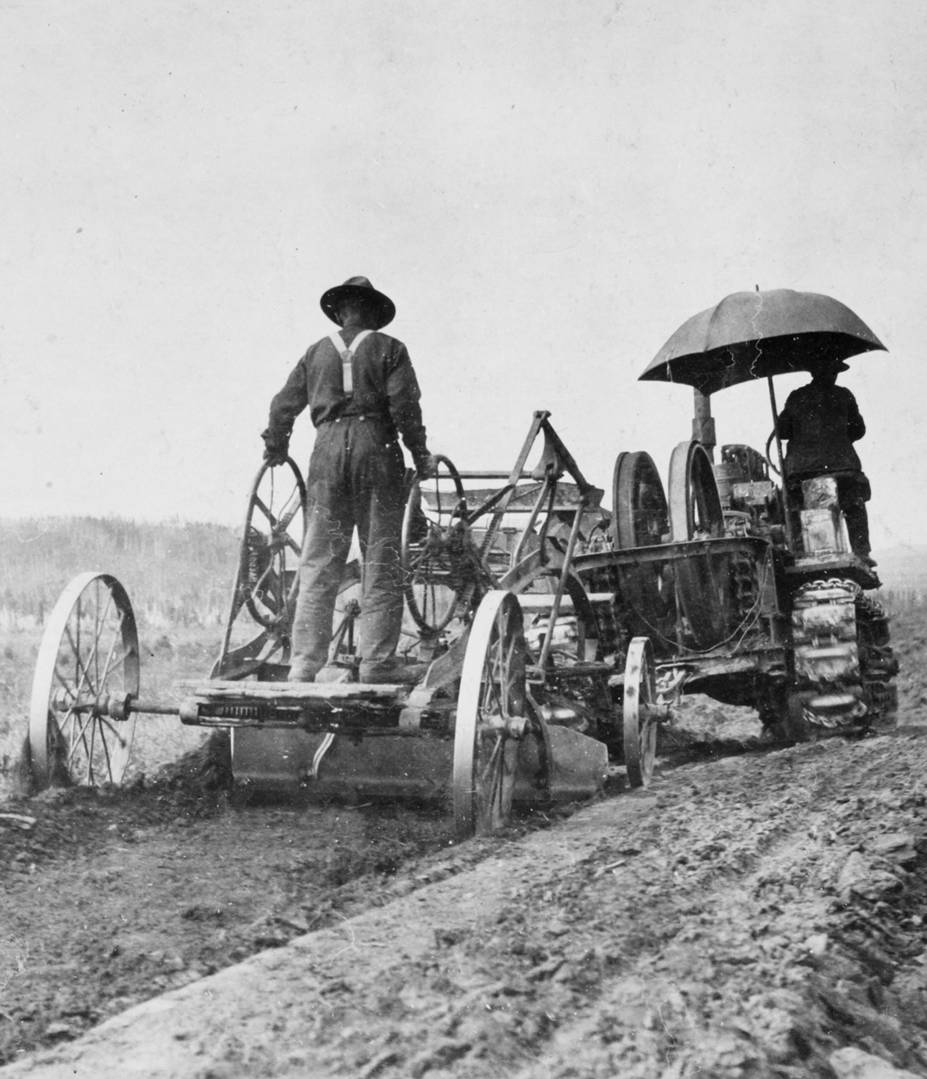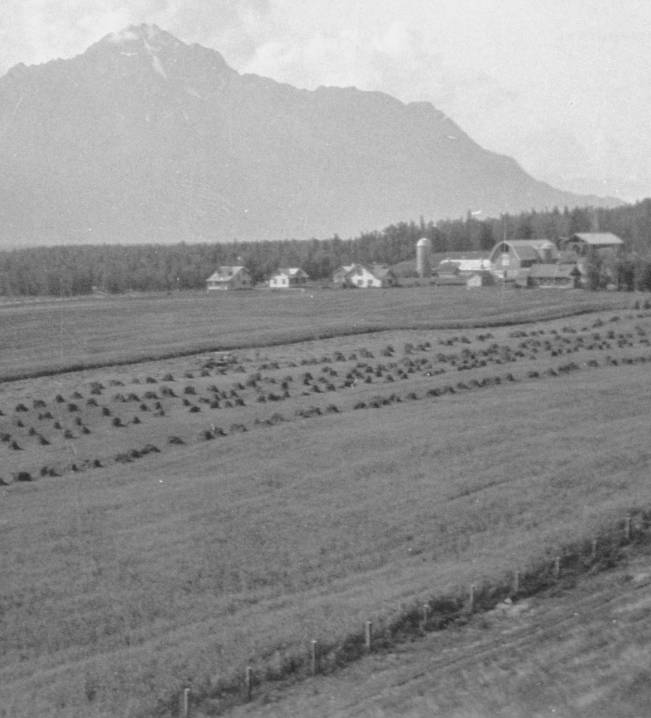Alaska's Land-Grant University

What is a land-grant university?
A land-grant university is a type of institution designated by the federal government to receive the benefits granted by the Morrill Acts of 1862 and 1890 or the Equity in Educational Land-Grant Status Act of 1994. These acts created a system of land-grant colleges and universities throughout the United States designed to provide accessible education, conduct research, and engage with communities to address societal needs.
The Morrill Acts of 1862 and 1890 divided 11 million acres of federally controlled land across states and territories, with the proceeds from land sales to be used to establish and support colleges focused on agriculture, mechanical arts, and technical education. Before 1862, colleges and universities generally only accepted wealthy, white men and primarily trained them in law, classical studies, and liberal arts. The creation of land-grant schools created more accessible education in more diverse fields, reflecting a growing demand for more practical education for members of the working class.
The agricultural experiment station program created by the Hatch Act of 1887 is a key part of the land-grant system. The Hatch Act provides annual federal funding to each land-grant institution to establish agricultural experiment stations and support ongoing research.
The Smith-Lever Act of 1914 created a Cooperative Extension Service associated with each land-grant institution to interpret and disseminate information coming out of the agricultural experiment stations.
UAF is Alaska's land-grant university
In Alaska, the provisions of the First Morrill Act were used to found the Alaska Agricultural College and School of Mines in 1917, which was eventually renamed the University of Alaska Fairbanks.
With the passing of the Hatch Act and the need for better information on agricultural practices and natural resource management in northern climates, agricultural and forestry experiment stations were established at Kodiak and Sitka in 1898, Kenai (1899), Rampart (1900), Copper Center (1903), Fairbanks (1906) and Palmer (1915). Varietal trials, soil science, food storage, livestock requirements and forestry were some areas researchers studied— then and now. The only remaining stations, in Fairbanks and Palmer, were turned over to be managed by the UAF in 1931 and 1932, respectively.
Alaska’s first Cooperative Extension Service field office was created in 1936 in Palmer, where it still works with locals to establish viable farming practices in the valley and organize 4-H clubs, among other outreach activities. Over the next decade, three more field offices were established in Anchorage, Fairbanks and Juneau, and now there are 11 offices located all over the state disseminating scientific information on agriculture, forestry and more.

